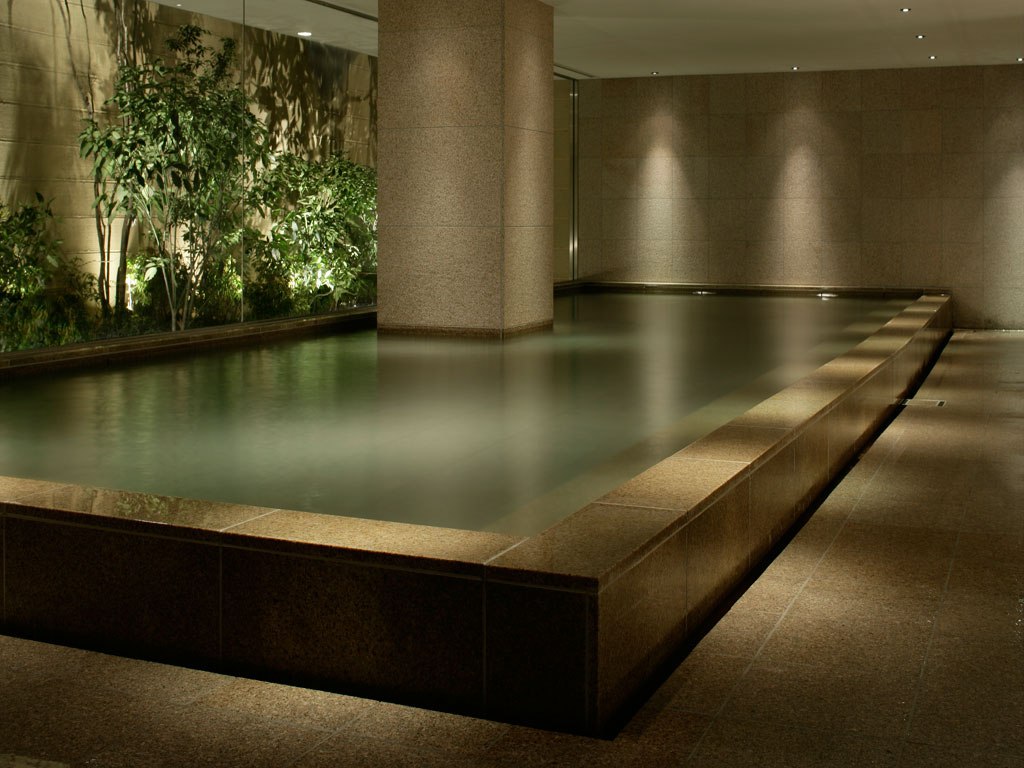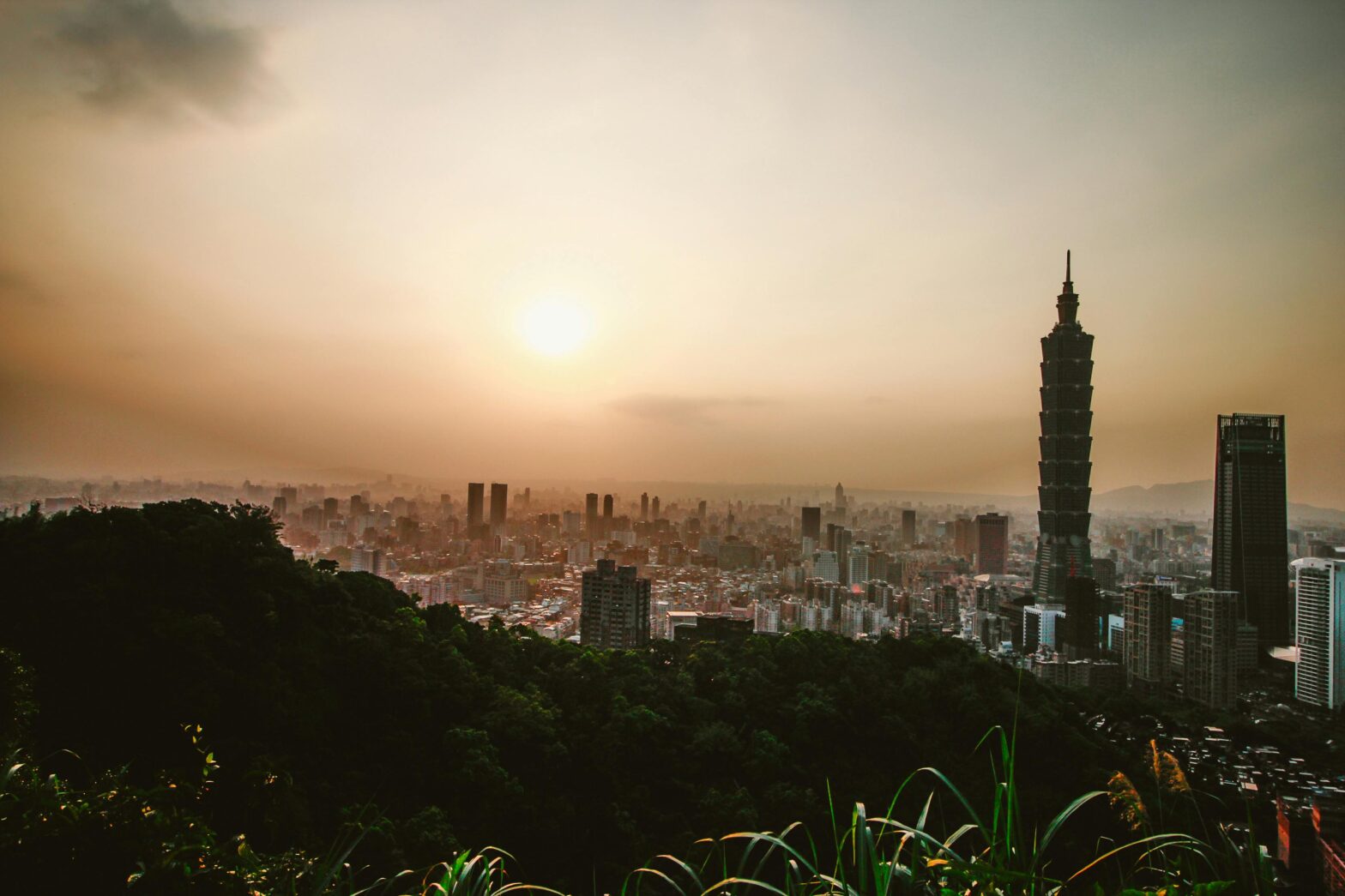One of the most exciting things about visiting new countries is partaking in cultural customs that you might otherwise not get to experience in your home country. While this is a great way to expand your cultural competency, it also comes with a few expectations. When you’re experiencing new societal norms, you might run head-first into culture shock — the idea of feeling like a fish out of water when customs and expectations are vastly different from what you’re used to.
In truth, this can happen anywhere. Someone from Los Angeles might feel like life in New York is a shock to the system. But often enough, destinations with cultures that are dramatically different from yours are where this experience can feel even more profound. And this becomes even more obvious when you try to enjoy local activities that have very defined protocols. One such scenario where this fish out of water experience occurs is when foreigners visit a Japanese bath house for the first time.
What is a Japanese Bath House?
Formally known as sento in Japanese, a Japanese bath house can best be described as a public bath. Although the concept is by no means new, most historians and experts agree that sentos (public baths) rose in popularity during the post-war era as more Japanese citizens moved into the cities. Since not all urban homes came with bathtubs, public bath houses were a necessity rather than a trendy social experience. The sento was most popular in the 1960s, but even today there are plenty across Tokyo and other major metropolitan centers in the country. However, these days they’re more for the experience rather than as a necessity.
A sento shouldn’t be confused with an onsen, which refers to a bath house formed around natural hot springs. Onsen tend to be located in more rural areas and most importantly rely on water that is heated through naturally occuring geothermal activity. By contrast, a sento simply heats water from the tap or public water supply. So, try to avoid calling a sento an onsen unless you want to give the locals a laugh.
While many sentos are simple bathing spaces, there’s also the “super sento” which is a bath house with a wider array of amenities. These super sentos will usually feature saunas, and more elevated spa experiences. Yet, they’re still fairly affordable with many offering day passes that amount to around $20 to use the facilities. Just be aware that you might need to bring your own soap or hair care items to some of the smaller sentos.
Japanese Bath House Etiquette
It’s not surprising if you’re more familiar with rules surrounding onsen than you are with a sento. While there are technical differences with the water sources, in general, the protocols are fairly close. And as with the onsen, most sentos have gender-specific bathing areas so you can be a little more at ease. But make note of the following tips.
Tattoos Are Usually Accepted
Every sento is different, but having tattoos usually won’t bar you from entry like it might with an onsen. Japan has long been infamous for associating tattoos with criminal elements like the yakuza. For decades, many businesses had wholesale bans against individuals with visible tattoos from patronizing their establishments. But ahead of the Tokyo 2020 Olympics (which yes were delayed thanks to COVID-19), many establishments lifted their ban on inked skin to woo foreigners and their accompanying touristy bucks. Still, always double check before you get your heart set on a specific location. Most establishments in Japan clearly have signs posted at the entrance if they don’t allow tattooed patrons to enter.
Get Comfortable Being Naked
Sentos are quite similar to onsens in that you don’t bathe with clothes on. While there’s a process you need to follow before you actually enter a bath (more on that later), you’ll find that many establishments do prohibit you from wearing clothing of any kind — including swimsuits — in the official bath area. You can have a towel with you to cover up as you enter or exit the bath, but you can’t wear it into the water. To ease anxieties, just remember that the bath areas are gender-specific so you don’t have to worry about someone of a different sex looking at your naughty bits.
If you visit a super sento which also offers jacuzzis or actual swimming pools, you’ll find that those specific areas do require swimsuits since they’re gender mixed. Plan accordingly by confirming the type of sento you’re visiting and bring the right attire as needed.
Bathe Before Hopping in the Bath
Of all the etiquette rules, this might seem like an odd one for foreigners. After all, what’s the point in going to a bath if you have to get clean before getting in it? But when you consider that it’s a public bath and that it’s moreso for soaking and relaxing, it’s only right that you don’t want to dirty the water.
Usually, after paying your entrance fee and disrobing, you’ll enter a room where you basically take a quick bath or scrub with clean water and your soap (which you either brought with you or purchased from the facility) that’s poured into a mini tub. But do be sure to actually clean yourself. This isn’t a rinse, it’s a thorough cleanse.
So, stick to the etiquette and give yourself a good scrub-a-dub. But there’s a caveat, it’s tradition to sit on the provided stool and wash yourself to avoid splashing those around you as the quick bathing area has rows of shower heads near each other. And don’t forget to put your hair up if it’s long as you’re not supposed to let your hair touch the water.
Leave Your Tech Gear in the Locker or Cubby
For obvious reasons, a space where everyone’s au naturel is not welcoming of you bringing your phone so you can snap photos. Smartphones and cameras are strictly prohibited to respect the rights of others. People deserve their privacy and this is one part of your trip where you should let the memories live rent-free in your head and not on social media. And why risk it with all that water around — leave it in your locker.
Mind the Temperature
Many bath houses will have varying baths throughout the facility with different temperatures. Find one that suits you or shift from bath to bath if you like to switch temperatures from warmer to colder. But if you feel yourself getting dizzy or overheated, get out. Either switch to a cooler bath, or call it a day for your sento trip.
Be Mindful of Personal Space
The baths are designed to accommodate multiple patrons simultaneously. So don’t feel like you can’t enter just because there are a few people currently occupying a bath you want to try. However, if there isn’t really any space to sit, keep it moving until you find a bath that’s less crowded. Additionally, avoid being that patron that splashes everyone and causes a stir when you enter and exit.
Likewise, there’s nothing wrong with chatting if you go with friends. But be a quiet talker. Incidentally, quiet public convos are a serious etiquette point in Japan, and you’ll find that the “don’t be obnoxiously loud in public” rule tends to extend to trains and other public areas. Keep general etiquette in mind when you’re anywhere in Japan, but turn it up a notch in a sento.





